Give your students digital practise with area model multiplication by assigning this set of 24 interactive task cards.
How Can Area Models Be Used to Solve Multiplication Problems?
Area models are an alternative method to use with your students when teaching them how to multiply multi-digit numbers. This method involves creating a rectangular box or grid-like shape that is divided into pieces. Rather than multiplying using the standard algorithm, this method requires students first to expand each factor (i.e., 428 expands to 400 + 20 + 8) and then multiply where the rows and columns meet. Students then use their knowledge of basic multiplication facts and add additional zeros where needed to fill in each section of the model. After all of the partial products have been found, they are then added together to find the total product.
Practise Multiplication Using Area Models!
Teach Starter has created a fun garden-themed activity to help your students strengthen their understanding of using area models to solve multi-digit multiplication problems. Upon opening this teacher-created resource, you will find that students will review how to solve multiplication problems using the area model method. They will then work their way through 24 questions where they must determine missing numbers, partial products, which model matches a given expression and determine the total product.
Students will have practice with the following question types:
- 2 digits x 1 digit
- 3 digits x 1 digit
- 4 digits x 1 digit
- 2 digits x 2 digits
How to Get Your Area Models – Multiplication Activity
If you are ready for your students to start ‘digging’ into some area model practise, head on over to the green download button! Here, you will find the Google Slides and PowerPoint versions of this resource. If selecting the Google Slides option, please note that you will first be prompted to make a copy of the resource to your personal drive before accessing it.
When guiding your students through this activity, please share that the activity should be completed in ‘Slideshow’ mode rather than ‘Edit’ mode. The slides are linked in a manner that will create a self-checking experience for your students.
This resource was created by Brittany Kellogg, a Teach Starter Collaborator.
Looking for More Area Model Activities?
Don’t stop there! We’ve got more activities to shorten your lesson planning time:
Guide your students to use the area model when solving multi-digit multiplication problems with this 20-page worksheet pack. Help students understand how to use the area model of multiplication when solving multi-digit multiplication problems with this interactive activity. Demonstrate how to use area models for multiplication with this printable mini-book.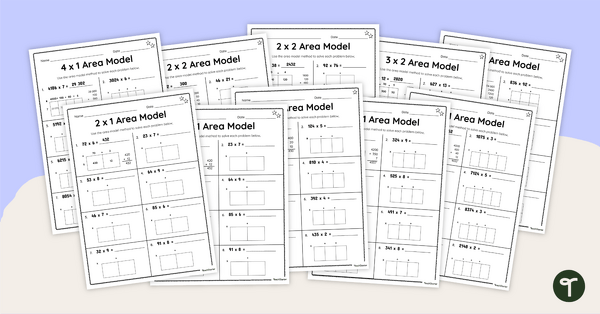
teaching resource
Area Model Multiplication Worksheets
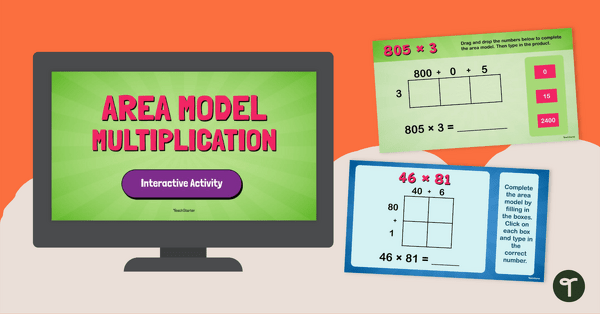
teaching resource
Area Model Multiplication Interactive Activity
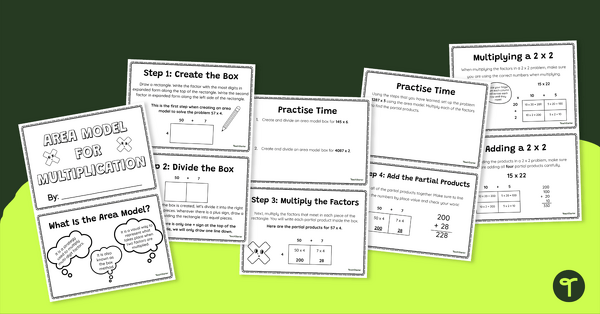
teaching resource
Area Model for Multiplication Mini-Book
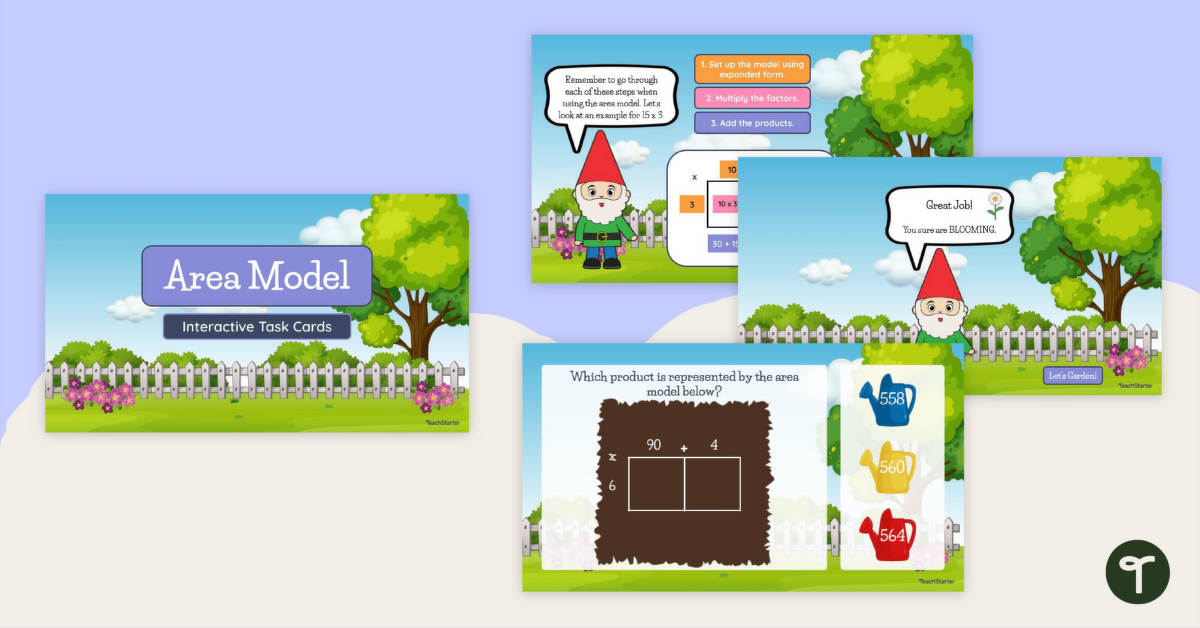


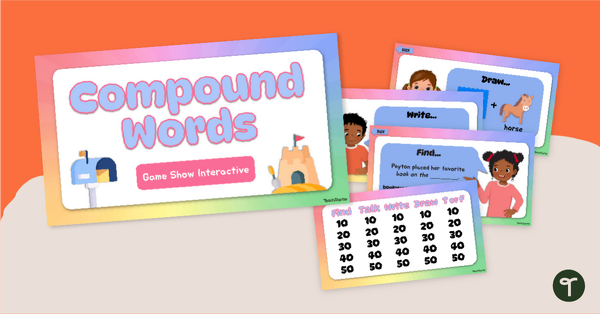
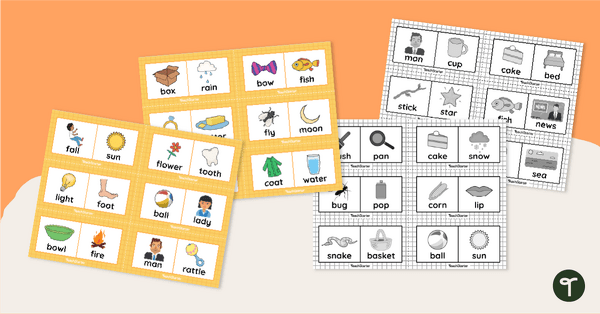
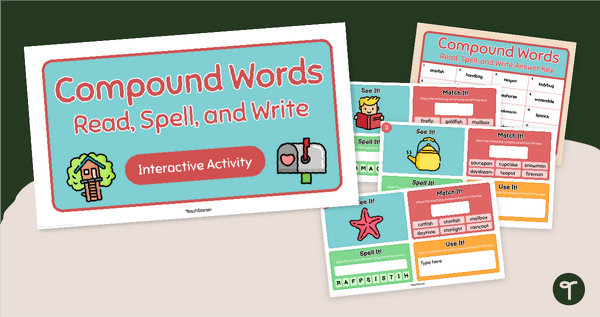
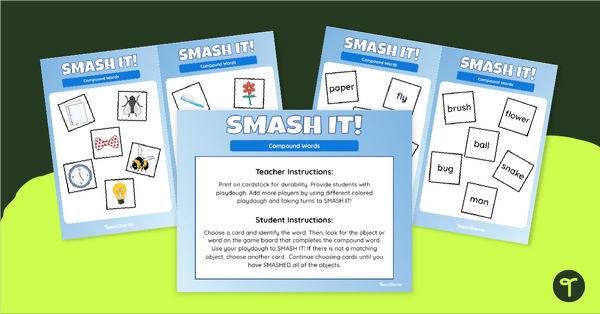
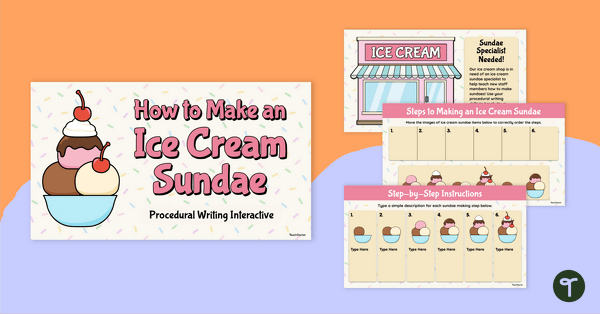
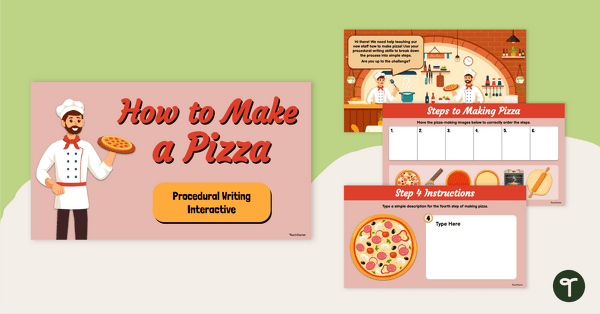
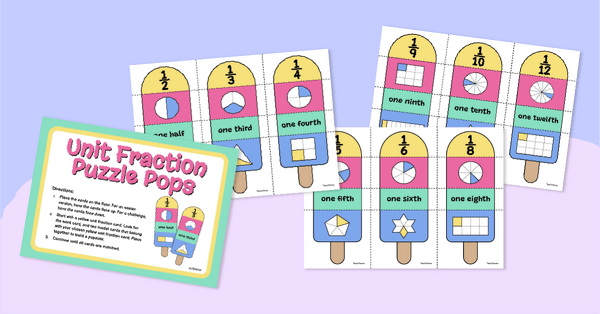
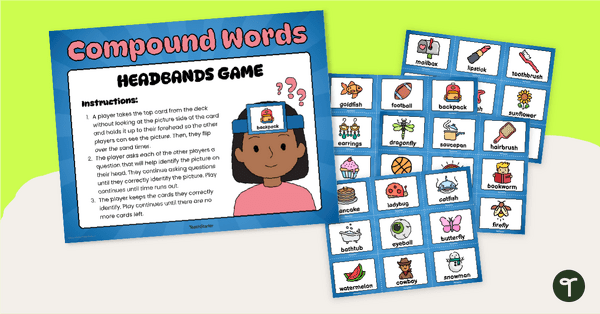
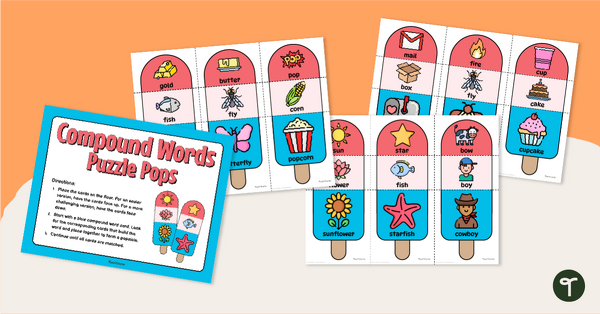
0 Comments
Write a review to help other teachers and parents like yourself. If you'd like to request a change to this resource, or report an error, select the corresponding tab above.